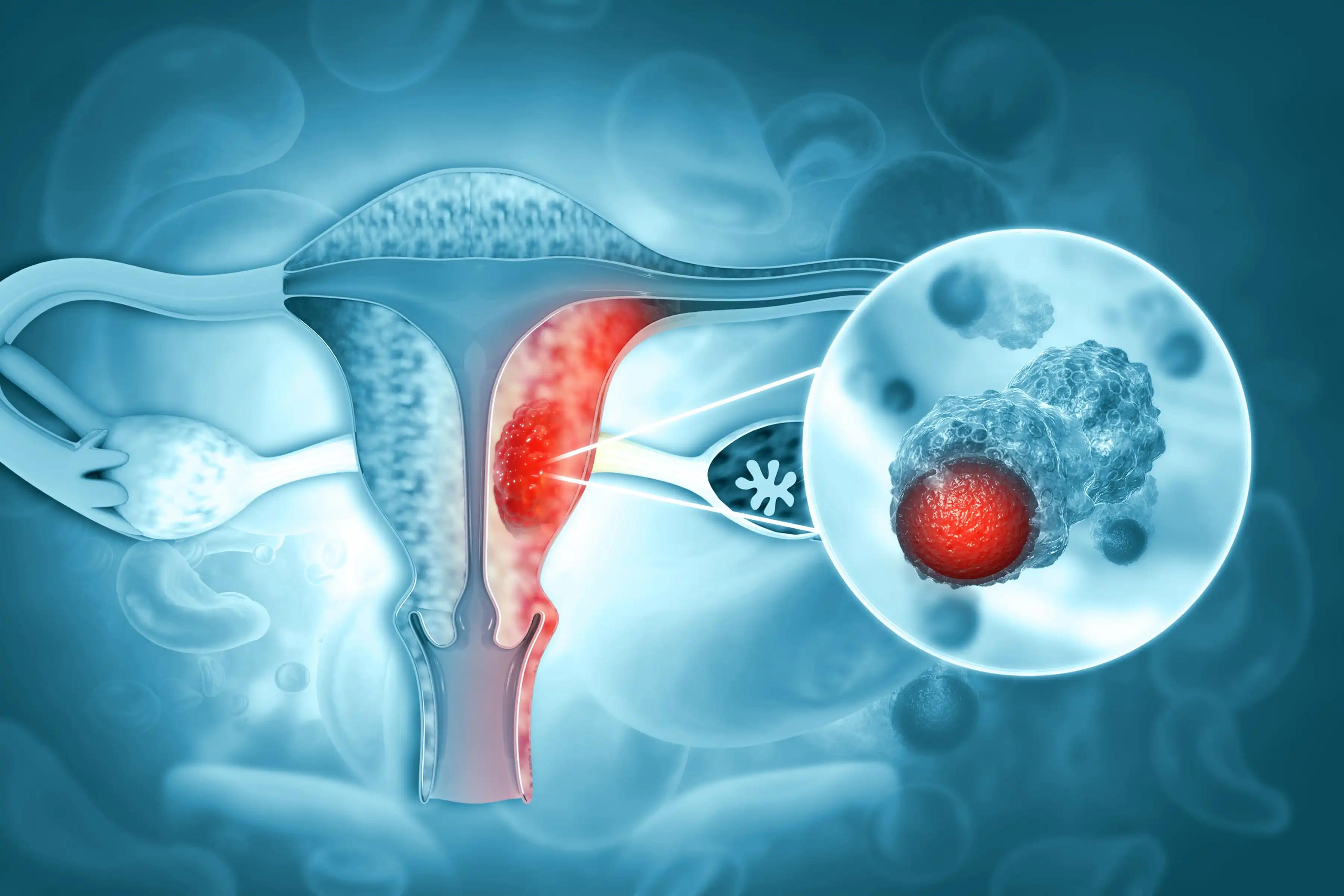KEY TAKEAWAYS
- The study aimed to investigate the role of m6A-modified lncRNAs in ferroptosis and cuproptosis during EC progression.
- Researchers noted that 5 hub lncRNAs could serve as potential biomarkers for targeted therapy and prognosis in EC.
Endometrial cancer (EC) is the leading gynecological malignancy affecting the female reproductive system globally. N6-methyladenosine, along with cuproptosis- and ferroptosis-related biomarkers, plays a beneficial role in the prognosis of tumor patients.
However, the relationship between m6A-modified lncRNAs and ferroptosis, specifically copper-induced apoptosis in the initiation and progression of EC, has yet to be explored in the existing literature.
Yongkang Qian and the team aimed to employ a bioinformatics approach to identify lncRNAs that co-express with cuproptosis-, ferroptosis-, and m6A-related lncRNAs from expression data in EC. By constructing a prognosis model for EC, they screened hub lncRNA signatures that influence the prognosis of patients with EC.
Additionally, they evaluated the guiding significance of m6A-modified ferroptosis-related lncRNA (mfrlncRNA) features concerning prognosis, the immune microenvironment, and drug sensitivity.
They performed an inclusive analysis using gene expression data combined with clinical insights derived from The Cancer Genome Atlas (TCGA) collection. To develop prognostic models, five machine learning approaches were adopted, with their efficacy assessed through C-index and time-independent ROC analysis.
Prognostic indicators were identified using the LASSO Cox regression approach. Furthermore, the biological and immunological implications of the discovered lncRNA prognostic signatures were explored in patients.
About the survival analysis, the survival rate for the low-risk group was significantly higher than that for the high-risk group, as demonstrated by a significant log-rank test (P < 0.001). The LASSO Cox regression model produced concordance indices of 0.76 for the training set and 0.77 for the validation set, indicating reliable prognostic accuracy.
Enrichment analysis of gene functions associated with the identified signature predominantly with endopeptidase inhibitor activity, underscoring the signature’s potential implications. Furthermore, immune function and drug sensitivity highlighted the critical importance of early diagnosis in EC.
The study concluded that five hub lncRNAs in EC were identified through the construction of the prognosis model. These genes may serve as potential biomarkers, offering valuable references for targeted therapy and prognostic assessment of EC.
The study received no funds.
Source: https://pubmed.ncbi.nlm.nih.gov/39324703/
Qian Y, Chen H, Miao P, et al. (2024). “Integrated Identification and Immunotherapy Response Analysis of the Prognostic Signature Associated With m6A, Cuproptosis-Related, Ferroptosis-Related lncRNA in Endometrial Cancer.” Cancer Rep (Hoboken). 2024;7(9):e70009. doi:10.1002/cnr2.70009



